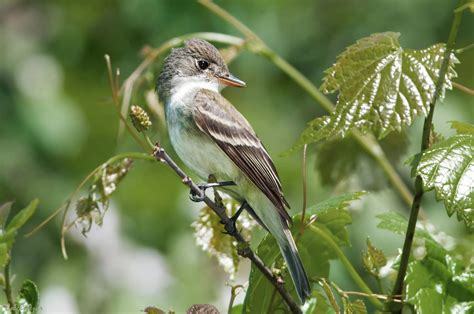#Willow flycatcher
Text
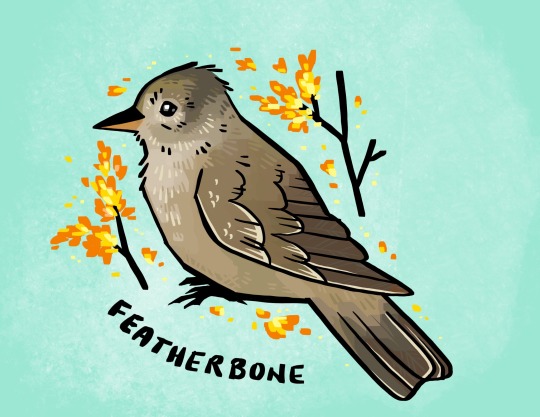
Flycatcher
[ID: an illustration of a willow flycatcher, a small songbird with olive brown feathers, on a light teal background. It is surrounded by branches with orange flowers. End.]
148 notes
·
View notes
Text

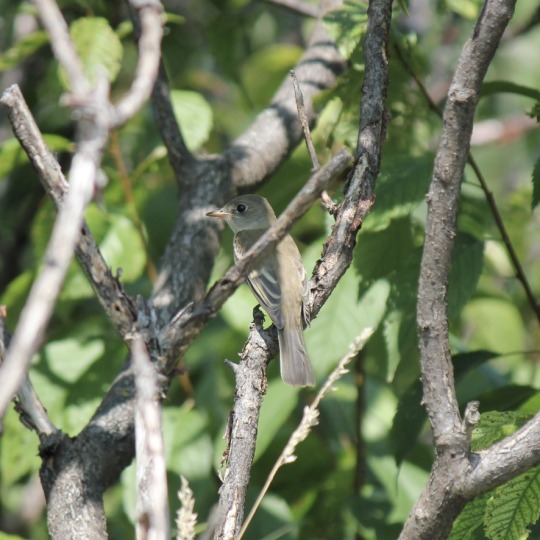
Treasures among the brush
3 notes
·
View notes
Text
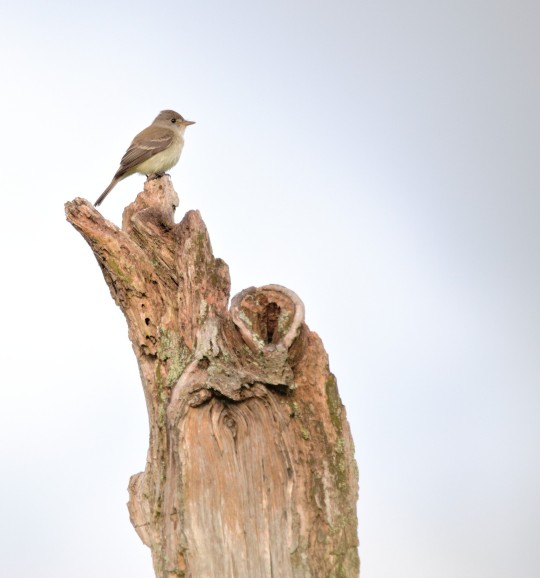



:V
7 notes
·
View notes
Text
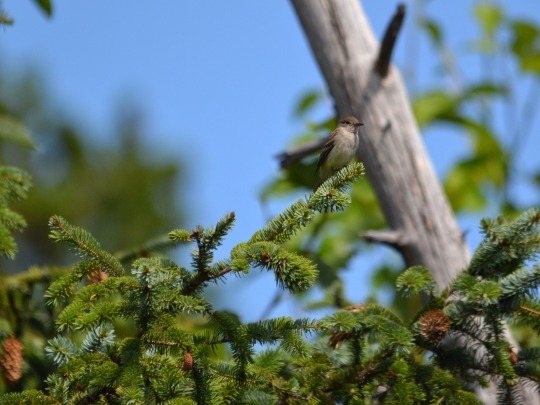
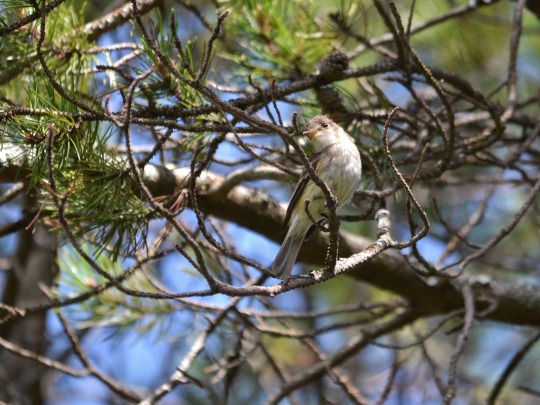
Got a Willow Flycatcher (i think)
#birds#bird photography#birding#nature#vancouver island#nature photography#pnw#birdwatching#original photography on tumblr#original photography#willow flycatcher
5 notes
·
View notes
Text




Perfect day to take the camera with me on my walk!
#Photography#Nature#Wildlife#Birds#Nanaimo#Chestnut-backed Chickadee#American Goldfinch#Willow Flycatcher#Brown-headed Cowbird#Nick’s Pics#DSLR#Nikon D5500#AF-P DX NIKKOR 70-300mm f/4.5-6.3G ED VR#04-26-23
3 notes
·
View notes
Text
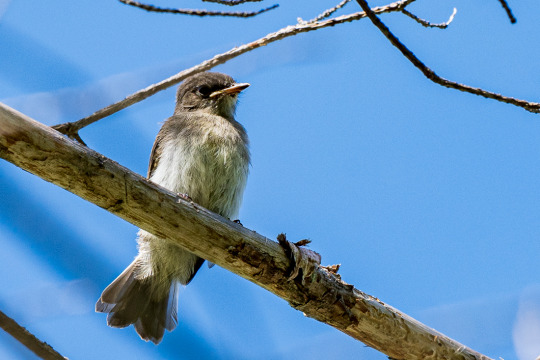
A Worthy Groom Will Defend His Guests
by Rocco
5 notes
·
View notes
Photo
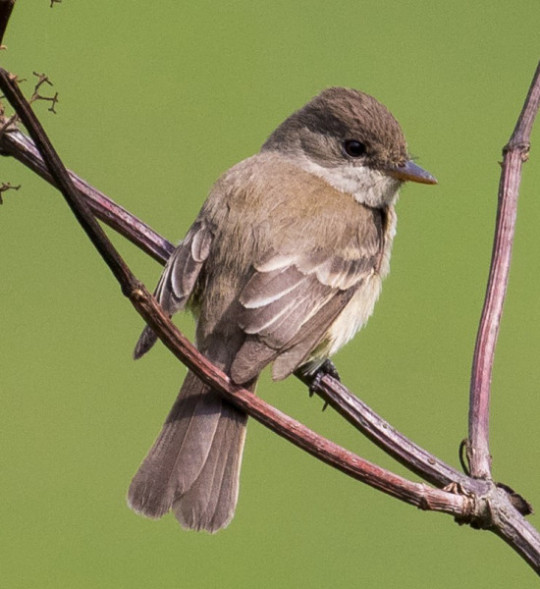
A new variant has been added!
Willow Flycatcher (Empidonax traillii)
© John D Reynolds
It hatches from brownish, dark, distinct, identical, open, other, pale, same, several, similar, small, western, and white eggs.
squawkoverflow - the ultimate bird collecting game
🥚 hatch ❤️ collect 🤝 connect
1 note
·
View note
Photo
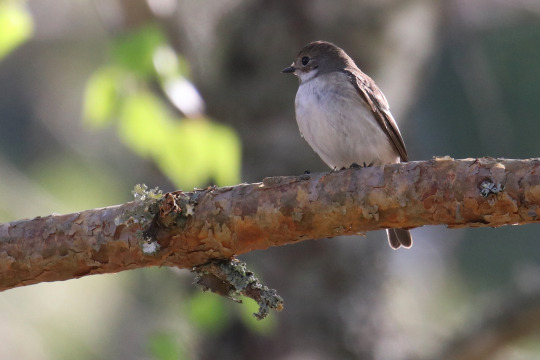
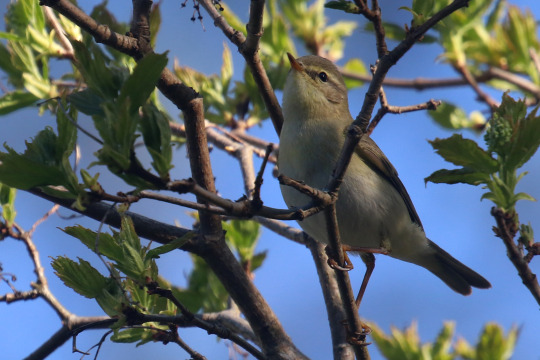
European pied flycatcher/svartvit flugsnappare and Willow warbler/lövsångare. Värmland, Sweden (May 13, 2023).
250 notes
·
View notes
Text
Animal identification subreddits are so funny because half of the posts will be like "here's this 8k picture of this off-yellow, crested flycatcher, most certainly in the empidonax, I only need verification that this is indeed a willow flycatcher based on the exact extent of the white eye ring that is only visible in this shot in the hand. Here are the gps coordinates that the picture was taken at" and they'll be spot on with their ID, and then the other half will be something like "I made a new friend, what's its name? :)" and the picture is them taking a selfie with a rattlesnake
580 notes
·
View notes
Text
Because you're allowed to carry things through different domains on Yom Tov, I was able to carry my binoculars and go birding in the woods by my parents' place. Here are the birds I saw over the last two days:
Bluejay
Northern cardinal
American Robin
House sparrow
European starling
Red-bellied woodpecker
Northern flicker
America crow
Black vulture
White-throated sparrow
Ovenbird
Wood thrush
Red-tailed hawk
Red-winged blackbird
Common grackle
Canada goose
Carolina chickadee
Mourning dove (I got to perform the Mitzvah of Shiluach HaKan since doves are kosher birds)
Great horned owl (my first owl of the season!)
American goldfinch
Willow flycatcher
Chimney swift
Carolina wren
Pileated woodpecker
Brown headed cowbird
27 notes
·
View notes
Text
Excerpt from this story from The Revelator:
As the environment shifts — due to climate change, habitat destruction, or other threats — we can often observe some of the ways that wildlife responds. Populations may decline. Individual animals may move. Some species may alter their behavior.
But at the same time, scientists warn, wild plants or animals may experience harder-to-detect changes — for example, alterations to their genomes, the very DNA that defines them.
It requires a sophisticated genetics laboratory to see these otherwise invisible changes at first, but they may have important implications for populations’ futures.
How exactly can threats such as climate change and habitat loss have hidden effects on a species’ genetic code? Two studies on California birds, both published in the past year, illustrate the potential — both beneficial and problematic.
The endangered southwestern willow flycatcher (Empidonax traillii extimus), ranging from California east to New Mexico and Colorado, depends on rapidly disappearing riparian habitats. As those riverbanks dry up, scientists began to wonder how the birds have adapted. They found the answers by looking to the past.
As the environment shifts — due to climate change, habitat destruction, or other threats — we can often observe some of the ways that wildlife responds. Populations may decline. Individual animals may move. Some species may alter their behavior.
But at the same time, scientists warn, wild plants or animals may experience harder-to-detect changes — for example, alterations to their genomes, the very DNA that defines them.
It requires a sophisticated genetics laboratory to see these otherwise invisible changes at first, but they may have important implications for populations’ futures.
How exactly can threats such as climate change and habitat loss have hidden effects on a species’ genetic code? Two studies on California birds, both published in the past year, illustrate the potential — both beneficial and problematic.
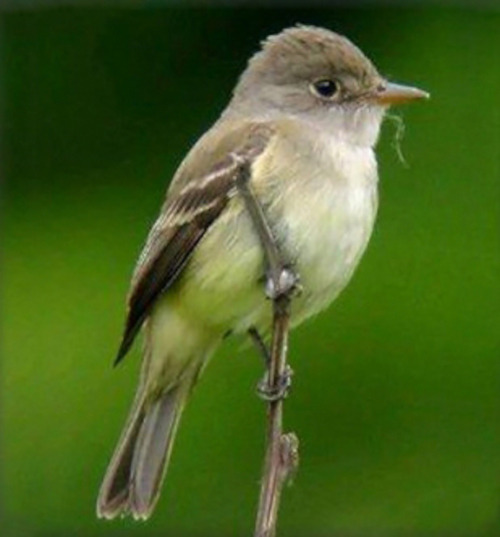
In summer 2023 a group of scientists published a study comparing the genomes of flycatcher specimens collected in the San Diego around the turn of the 20th century — taxidermied birds preserved in museums — with those of contemporary birds, using blood samples collected from individuals captured across willow flycatchers’ breeding range today.
The study was only possible due to rapid advances in technology.
“Until recently, it was very difficult to sequence historical specimens across their entire genome,” says Sheela Turbek, a postdoctoral fellow at Colorado State University who led the project. “DNA tends to degrade over time, and older specimens can have really low DNA concentrations.”
The results surprised Turbek and her colleagues: San Diego flycatchers’ genetic diversity has increased over time.
Most notably, this increased diversity included areas of the genome linked with climate adaptation.
According to the study, it appears the San Diego birds have bred with flycatchers originally from populations in other areas of the West, which may have moved in response to local habitat losses. And as natural selection has acted on this increased diversity, the San Diego birds’ genomes have shifted away from those of neighboring populations, potentially making the local birds better suited for life in a wetter, more humid environment being shaped by climate change.
6 notes
·
View notes
Text
The tribes, environmentalists and their allies celebrated the shrinking waters as an essential next step in what they say will be a decades-long process of restoring one of the West's largest salmon fisheries and a region the size of West Virginia back to health.
Yurok tribal member and fisheries director Barry McCovey was amazed at how fast the river and the lands surrounding the Copco dam were revealed.
"The river had already found its path and reclaimed its original riverbed, which is pretty amazing to see," he said. The 6,500-member tribe's lands span the Klamath's final 44 miles to the Pacific Ocean, and the Yurok and other tribes that depend on the Klamath for subsistence and cultural activities have long advocated for the dams' removal and for ecological restoration.
Amid the largest-ever dam removal in the U.S., rumors and misunderstandings have spread through social media, in grange halls and in local establishments. In the meantime, public agencies and private firms race to correct misinformation by providing facts and real data on how the Klamath is recovering from what one official called "major heart surgery."
But while dam removal continues, a coalition of tribes, upper Klamath Basin farmers, and the Biden administration have struck a new deal to restore the Klamath Basin and improve water supplies for birds, fish and farmers alike.
...
The Yurok Tribe also contracted with Resource Environmental Solutions to collect the billions of seeds from native plants needed to restore the denuded lands revealed when the waters subsided.
The company, known to locals as RES, took a whole-ecological approach while planning the project. In addition to rehabbing about 2,200 acres of land exposed after the four shallow reservoirs finish draining, "we have obligations for a number of species, including eagles and Western pond turtles," said David Coffman, RES' Northern California and Southern Oregon director.
...
The company also plans to support important pollinators like native bumblebees and monarch butterflies and protect species of special concern like the willow flycatcher. And, Coffman said, removal of invasive plant species like star thistle is also underway. In some cases, he said, workers will pull any invasives out by hand if they notice them encroaching on newly planted areas.
...
The Interior Department announced Wednesday that the agency had signed a deal with the Yurok, Karuk and Klamath Tribes and the Klamath Basin Water Users Association to collaborate on Klamath Basin restoration and improving water reliability for the Klamath Project, a federal irrigation and agricultural project.
An Interior Department spokesperson said the agency had been meeting with river tribes and the farmers of the Upper Basin for the first time in a decade to develop a plan to restore basin health, support fish and wildlife in the region, and support agriculture in the Upper Basin.
"We're trying to make it as healthy as possible and restore things like wetlands, natural stream channels and forested watershed," the spokesperson said. He likened it to keeping the "sponge" wetlands provide to store water wet. The effort is meant to be a cross-agency and cross-state process.
The Biden administration also announced $72 million in funding for ecosystem restoration and agricultural infrastructure modernization throughout the Klamath Basin from the Bipartisan Infrastructure Act.
11 notes
·
View notes
Text
Birds of the March of Maedhros
World building list for geography and environment and ecology
Flowers of the March
The March of Maedhros was a cold realm in Northeastern Beleriand. It was located slightly Southeast of Dorthonion and south of the planes and meadowlands of Lothlann and Ard Galen. The March was a cold region with taiga forested hills and icy waters, including the sources of several rivers, namely Celon and Little Gelion which were located in the other Hills around Himring.
The March falls between the cold mountains on the Southern and Eastern borders of Dorthonion and the mountainous regions of the Gap and Thargelion on its own Eastern border. The cold likely comes from a combination of its proximity to the Ered Engrin and Ered Gorgoroth, especially given the boreal forested region of Dorthonion, as well as altitude in some parts of it. I go into this more on other posts!
Like my other posts of this kind I will include more world building notes at the end (relationship between people/elves and the fauna, symbology or significance of certain species in local cultures, etc), otherwise this would just be a long list of species
Primarily the plains and hills: hazel grouse, snowy owl, gyrfalcon, snow bunting, russet sparrow, dunlock, griffon vulture, pale harrier, rough legged buzzard, rooks, black lark, snow goose
Both forests and plains/moors/hills: willow ptarmigan, black grouse, black winged kite, golden eagle, common raven
Boreal forests: arctic redpoll, tawny owl, wood warbler, rustic bunting, pine grossbeak, grey streaked flycatcher, northern goshawk, boreal owl, mistle thrush
Other:
Water rails live in the few wetlands, particularly those dominated by Phragmites species of reeds. Ospreys or river hawks also nest along the rivers.
Tufted ducks can occasionally be found in rivers and ponds
Primarily migratory:
The Tundra bean goose is a migratory bird that has breeding grounds in the taiga lands of the March. The tundra swan is another migratory bird that breeds at the March in the plains and moorlands. Common cranes breed and roost in the boreal forests but travel south during the colder months. Common nightjars live part of the year in the forests and hills and travel to warmer weather in winter.
There is a population of merlin that lives part of the year in Willow and birch trees as well as taiga forests of Himring, migrating yearly to warmer weather.
World building notes:
-The meat and eggs of many species are eaten in the March and in surrounding regions. Feathers and down are sometimes used in clothing and blankets, as well as feathers for quills. Many quills in Himring itself are metal but more rudimentary one from feathers are commonly used too.
-A number of birds are used in personal sigils, which many of the lords of Himring have. These are used for heraldry, signages, and other symbols. Common cranes, snowy owls, willow ptarmigans and gyrfalcons are some examples. A gyrfalcon is the sigil of one of the troops of scouts of Himring that patrolled during the watchful peace.
-Several species are also used for hunting and scouting. These include both native species as well as populations brought by the Noldor.
-Barn owls for their pale complexion and eerie sounds unlike many species of owls are a subject of folklore throughout Beleriand. They are locally known as pale hunters. (I have an upcoming post specifically about this but given their connection to ex thralls, they’re particularly relevant to Himring)
-The returning of some species, the presence or absence of others is often used as indicators of seasonal changes and potential climate factors.
-Noldorin naturalists during the watchful peace write extensive observations on the climate of the March and its relationship with its birds.
As always please feel free to ask more!!
24 notes
·
View notes
Photo
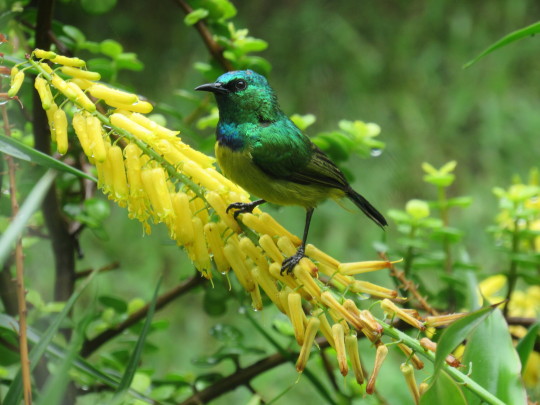

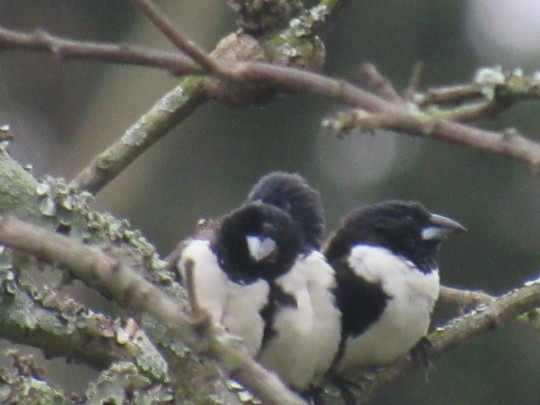
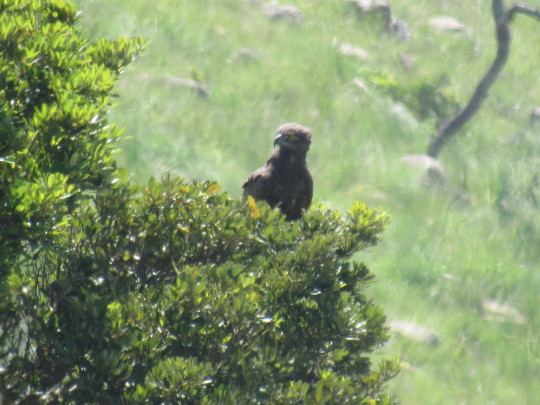

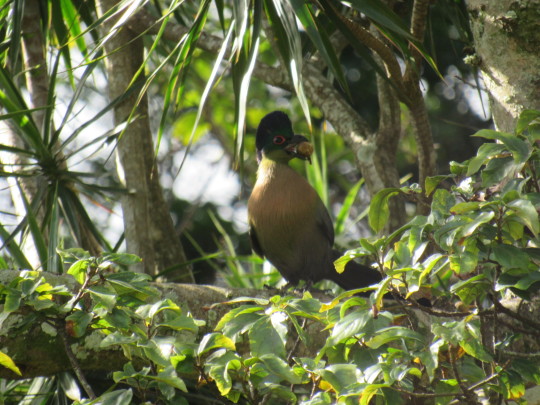
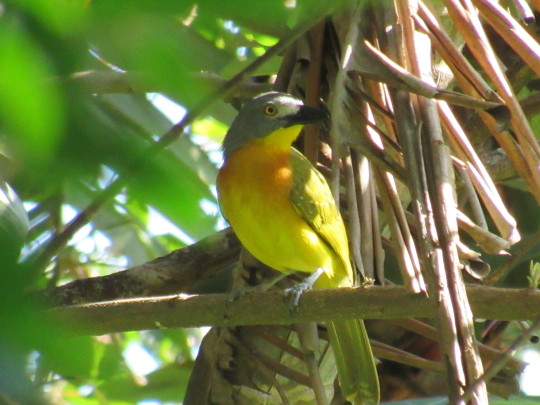
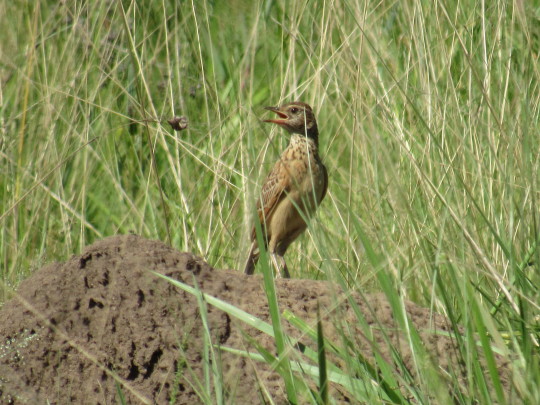
january's bird round up! from left to right, collared sunbird, common buzzard, magpie mannikins, brown snake-eagle, african harrier-hawk, purple-crested turaco, grey-headed bush-shrike and rufous-naped lark
new bird species seen this month are ashy flycatcher, rufous-naped lark, willow warbler, magpie mannikins
#special shout out to the brown snake-eagle and scaly-throated honeyguide i saw at a local reserve#photos are better when viewed full size#on birds#diary
24 notes
·
View notes
Text

Sierra Vista
An astronaut aboard the International Space Station took this photograph of Sierra Vista in southern Arizona, just north of the United States-Mexico border. Bounded on all sides by military land (Fort Huachuca), national forest, and conservation areas, Sierra Vista’s city area is structured in a triangular shape. Creeks and washes sprawl across the desert flats from the Huachuca Mountains to the San Pedro River.
The Huachuca Mountains lie to the west of Sierra Vista and neighboring urban areas. These mountains are part of the Sky Islands, an isolated group of mountain ranges scattered throughout southeastern Arizona and northern Mexico. Cool peaks and uplands contrast with the hotter desert lowlands. Miller Peak rises to 9,466 feet (2,885 meters) above sea level, almost 5,000 feet (1,524 meters) above Sierra Vista. Portions of the Huachuca Mountains and the surrounding area fall within the Miller Peak Wilderness and the Coronado National Forest.
Toward the east, Sierra Vista stretches to the San Pedro Riparian National Conservation Area (NCA), which protects a rare riverbank ecosystem within the Chihuahuan and Sonoran Deserts. The conservation area is home to endangered species, such as the yellow-billed cuckoo, the willow flycatcher, and the semi-aquatic plant known as the Huachuca water-umbel.
The protected regions around Sierra Vista also preserve cultural and historical landmarks. The caves and canyons of the Huachuca Mountains contain petroglyphs dating back 13,000 years. Additionally, prehistoric mammoth remains and ancient tools have been found at the Murray Springs Clovis Archeological Site within the San Pedro NCA.
Astronaut photograph ISS067-E-13009 was acquired on April 13, 2022, with a Nikon D5 digital camera using a focal length of 500 millimeters. The image was provided by the ISS Crew Earth Observations Facility and the Earth Science and Remote Sensing Unit at Johnson Space Center. The image was taken by a member of the Expedition 67 crew. It has been cropped and enhanced to improve contrast, and lens artifacts have been removed. The International Space Station Program supports the laboratory as part of the ISS National Lab to help astronauts take pictures of Earth that will be of the greatest value to scientists and the public and to make those images freely available on the Internet. Additional images taken by astronauts and cosmonauts can be viewed at the NASA/JSC Gateway to Astronaut Photography of Earth. Caption by Sara Schmidt, GeoControl Systems, JETS II Contract at NASA-JSC.
2 notes
·
View notes
